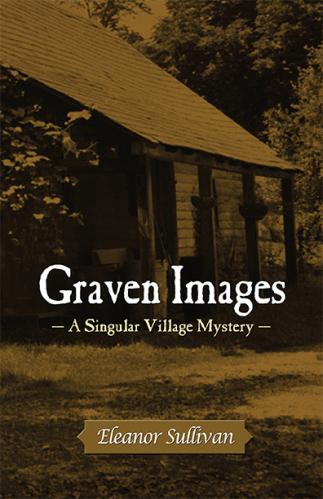Ever wonder what people used to cure old-fashioned ills? Before penicillin?
Plants, that’s what.
![Guest Blogger: Eleanor Sullivan: Herbalism: Scientific or Sorcery? plant-images4-150x150[1]](http://m5.paperblog.com/i/60/603494/guest-blogger-eleanor-sullivan-herbalism-scie-L-XzDPY8.png)
Recently, I had the opportunity to meet a practicing herbalist in Minneapolis, a young woman with a quick smile and quicker wit. Lise Wolff opened my eyes to a different health care world. (For those who don’t know, I’m a nurse turned author.)
From pre-historic times to today, herbal remedies have been used to treat human ills. Often they were the only treatments available. Our existence is testament to their effectiveness. Scoffed at by medical men (yes, they were all men), herbalists and their close cousins, homeopaths, nevertheless persisted. What was known as mainstream medicine at that time, however, would be unrecognizable by today’s practitioners. Purging, puking, and bleeding as well as dosing with heavy metals, such as mercury, harmed more often than cured, their unwary patients. (See Medical Care in the 19th Century-Part One and Part Two for more on this era’s archaic practices.)
![Guest Blogger: Eleanor Sullivan: Herbalism: Scientific or Sorcery? medicine-box[1]](http://m5.paperblog.com/i/60/603494/guest-blogger-eleanor-sullivan-herbalism-scie-L-QAt78V.png)
Herbal Remedies
Herbs can be collected in the wild or cultivated in gardens. Most remedies are derived from the leaves that are harvested at the peak of their effectiveness, but sometimes the stems, roots, or early shoots prove more useful. Leaves may be dried and used in teas or combined with starch or lard for poultices. Plant parts may be soaked in water or oil, and the solutions used in tinctures, decoctions, essential oils, salves, or ointments. I watched Lise melt beeswax and combine it with St. John’s wort solution that she poured into metal cups, left to solidify and use as an ointment to treat burns, sores, and cracked lips.
In the 19th century women, often midwives, treated ill family members and neighbors with herbs, a practice passed down through generations. Realism meets fiction as Adelaide, the protagonist in my Singular Village Mystery series, works as both a midwife and herbalist in 1830s Zoar, Ohio.
Doctrine of Signatures
After famously burning classic medical texts, 16th century German physician Paracelsus declared that plants resembling human body parts could cure ails in that organ, a concept that became known as the doctrine of signatures. Thus, “like treats like.” For example, St. John’s wort doelike shape renders it perfect for treating skin wounds.
Homeopathy
Similarly, Samuel Hahneman, a 19th century German physician, agreed that like treated like but took treatments one step further, diluting substances over and over until it appeared that nothing of the original substance remained. These dilute substances, however, proved remarkably effective. The practice became known as homeopathy.
In fact, homeopathy was practiced in 19th century Zoar. Here’s a photo of a medicine box of homeopathic remedies found in Zoar’s historic artifacts.
The medical community today would argue that neither herbal remedies nor homeopathy are scientifically proven to be effective. Regardless, patients dissatisfied with mainstream medicine, often turn to alternative practitioners, such as herbalists. Medical practice is continually evolving as new remedies and treatments emerge and others decline. Might chemotherapy be deemed archaic 200 years from now?
Eleanor Sullivan: http://www.eleanorsullivan.com
Watch as Adelaide confronts problem illnesses and birthings (along with solving a murder!) in the next Singular Village Mystery: Graven Images, due September 1st!

